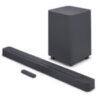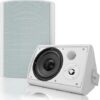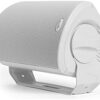Imagine a home that adjusts the temperature before you arrive, dims the lights for movie night, or alerts you when someone rings the doorbell—all without you lifting a finger. Welcome to the world of home smart automation, where convenience, efficiency, and security are seamlessly integrated into everyday living.
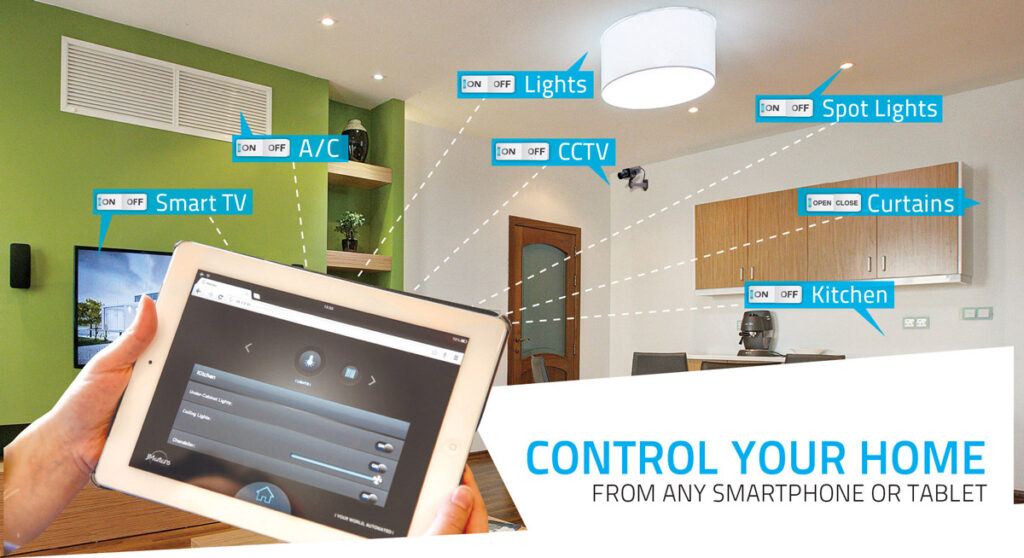
What is Home Smart Automation?
Home smart automation refers to the use of connected devices and systems to automate and control various aspects of your home, such as lighting, security, climate, and entertainment. These systems can be controlled via smartphones, voice commands, or set schedules, making life easier and more efficient.
Benefits of Smart Home Automation
- Convenience
- Control devices from anywhere using apps or voice assistants like Alexa, Google Assistant, or Siri.
- Energy Efficiency
- Automate lighting and climate control to reduce energy waste and lower utility bills.
- Enhanced Security
- Monitor your home in real-time with smart cameras, door locks, and motion sensors.
- Customization
- Tailor automation to suit your lifestyle with personalized settings and routines.
- Increased Property Value
- Homes equipped with smart technology are more appealing to potential buyers.
Key Features of Smart Home Automation Systems
- Lighting Control
- Schedule or dim lights automatically to match your mood or activity.
- Smart Thermostats
- Adjust the temperature based on your preferences and occupancy patterns.
- Voice-Activated Assistants
- Control your home with simple voice commands.
- Home Security
- Use video doorbells, smart locks, and motion sensors to safeguard your property.
- Smart Entertainment
- Sync music, TV, and gaming systems for a fully immersive experience.
- Appliance Automation
- Automate kitchen appliances, washing machines, and vacuum cleaners for added convenience.
- Energy Monitoring
- Track energy usage and receive suggestions for saving more.
Popular Smart Home Devices
- Smart Hubs
- Devices like Amazon Echo or Google Nest act as central controllers for all your smart gadgets.
- Smart Lights
- Brands like Philips Hue or LIFX offer customizable lighting solutions.
- Smart Thermostats
- Devices like Nest or Ecobee adapt to your habits to optimize heating and cooling.
- Video Doorbells
- Products like Ring or Arlo let you see and communicate with visitors remotely.
- Smart Plugs
- Automate and control any appliance plugged into them.
- Security Cameras
- Wi-Fi-enabled cameras provide live feeds and motion detection alerts.
How to Set Up a Smart Home Automation System
- Start Small
- Begin with one or two devices, such as a smart thermostat or video doorbell, and expand gradually.
- Choose a Platform
- Decide on a smart home ecosystem (e.g., Alexa, Google Assistant, or Apple HomeKit) for compatibility.
- Plan Your Automation
- Identify areas where automation will add the most value, like energy management or security.
- Install Devices Properly
- Follow manufacturer guidelines or hire professionals for complex setups like smart lighting systems.
- Integrate Devices
- Use a central hub or app to connect and manage all your devices seamlessly.
- Test Your System
- Run tests to ensure devices respond to commands and routines as expected.
Tips for Maintaining Your Smart Home System
- Keep Software Updated
- Regularly update firmware to improve functionality and security.
- Secure Your Network
- Use strong passwords and enable encryption to protect against hacking.
- Regular Inspections
- Check devices for physical damage or connectivity issues.
- Backup Your Settings
- Save configurations to restore them easily after system updates or changes.
- Monitor Device Compatibility
- Ensure new devices are compatible with your existing system.
Trends in Smart Home Automation
- AI-Powered Systems
- Smarter devices learn your habits to provide even more personalized automation.
- Green Automation
- Devices focused on energy conservation and sustainability are gaining popularity.
- Home Wellness
- Gadgets like air purifiers, humidity sensors, and circadian lighting improve health and comfort.
- Interoperability
- Increased compatibility between brands and platforms makes creating a unified smart home easier.
Conclusion
Home smart automation is more than just a trend—it’s a lifestyle upgrade that offers convenience, security, and efficiency. Whether you’re new to the concept or looking to expand your existing system, there’s never been a better time to invest in smart technology.
Ready to transform your home? Contact [My Tech Nest] for expert advice, installation, and support. Let us help you create the smart home of your dreams!
4o
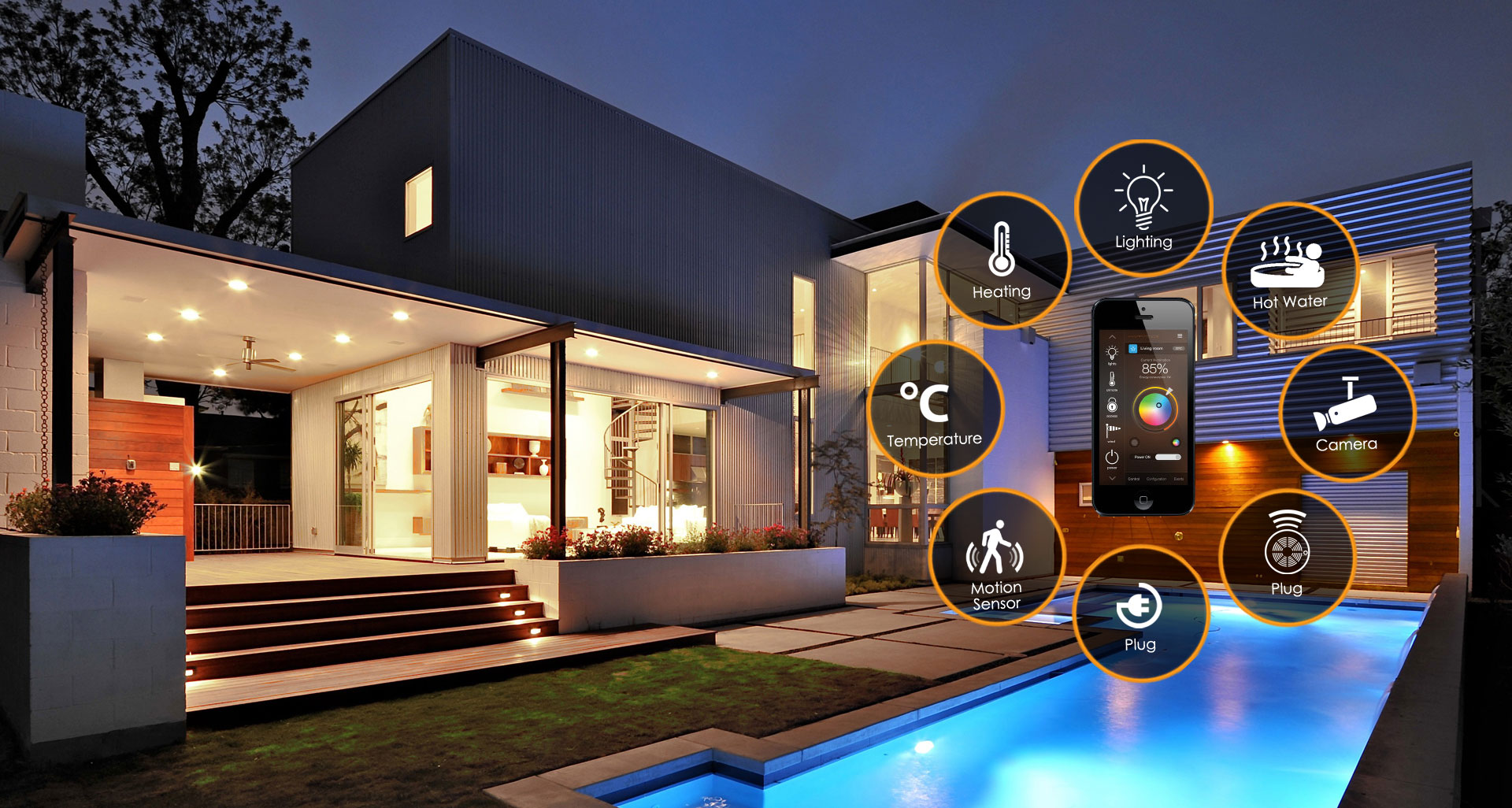


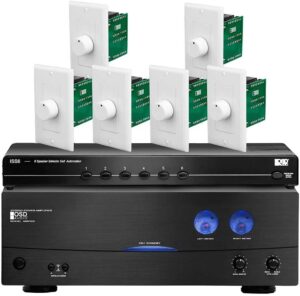
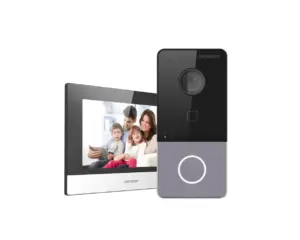
 JBL Bar 1000: Powerful 880W 7.1.4-Channel Dolby Atmos Soundbar System for Immersive Audio
JBL Bar 1000: Powerful 880W 7.1.4-Channel Dolby Atmos Soundbar System for Immersive Audio 